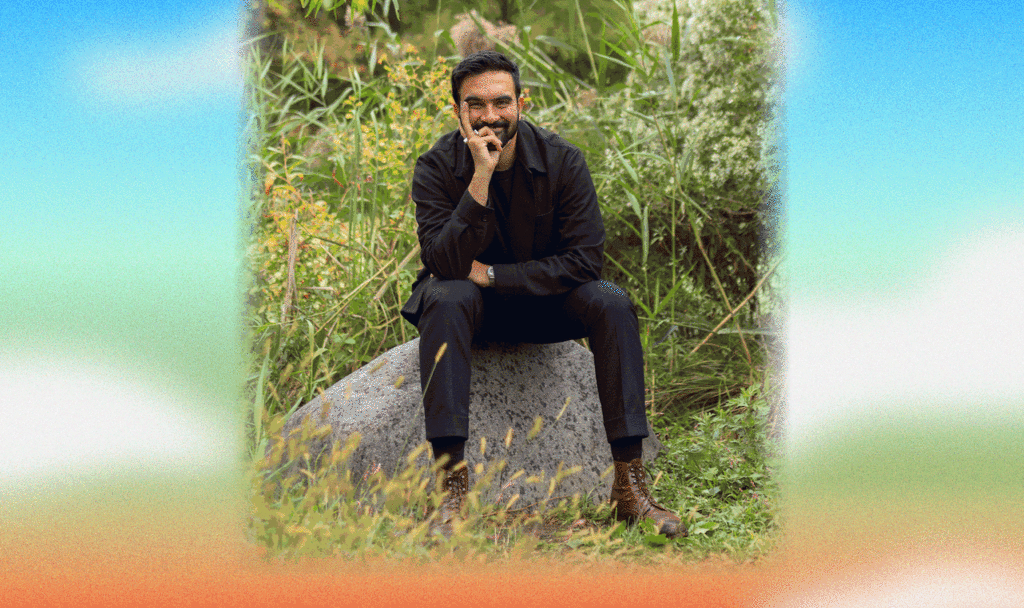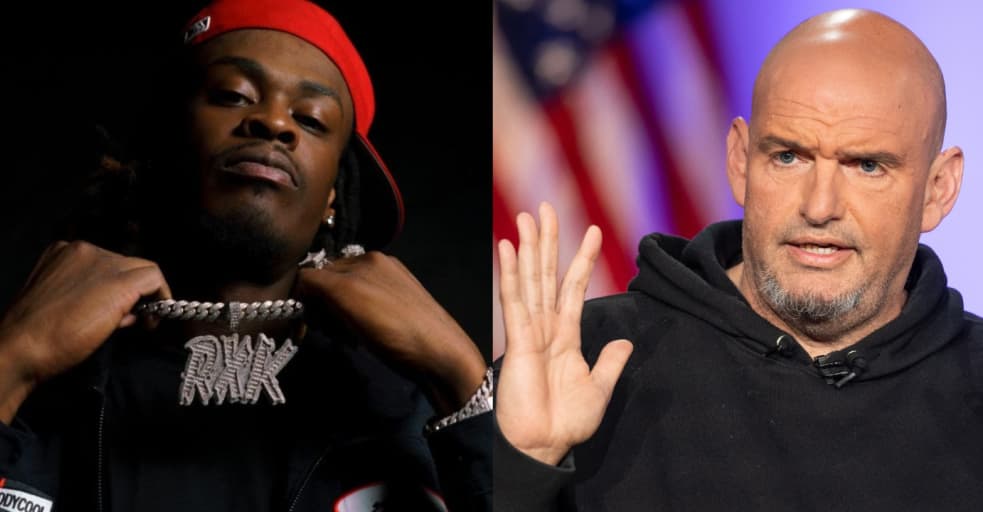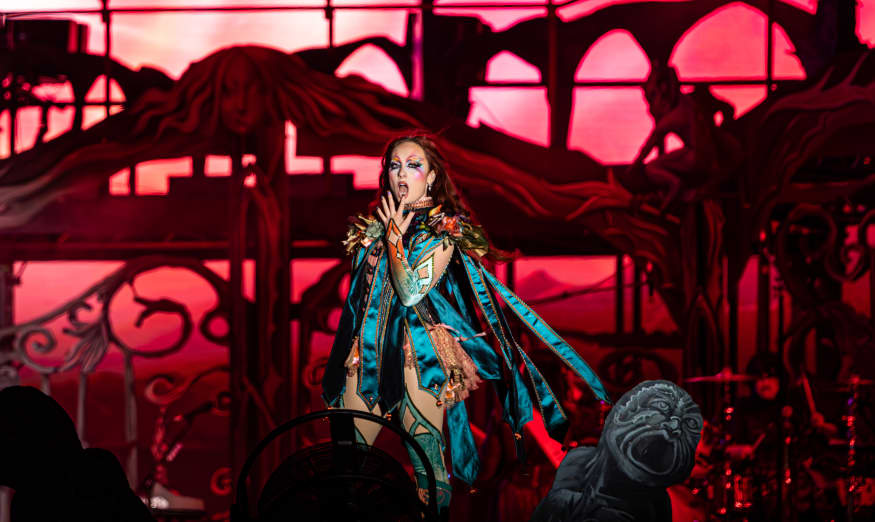Star Trek: Strange New Worlds Deserves Better Than Six Episodes
More than 30 years ago, Star Trek: The Next Generation closed out its seven-year run with the excellent finale, “All Good Things…” The episode’s title proved apt—and not just because Picard’s crew actually continued their adventures with four more lackluster movies and the uneven revival series Star Trek: Picard. Rather, the title indicated that the […] The post Star Trek: Strange New Worlds Deserves Better Than Six Episodes appeared first on Den of Geek.

More than 30 years ago, Star Trek: The Next Generation closed out its seven-year run with the excellent finale, “All Good Things…” The episode’s title proved apt—and not just because Picard’s crew actually continued their adventures with four more lackluster movies and the uneven revival series Star Trek: Picard. Rather, the title indicated that the Enterprise-D had a great run and had earned its ending.
The same, sadly, cannot be said of the adventures of current series about the USS Enterprise. Not because Star Trek: Strange New Worlds hasn’t been great. On the contrary, Strange New Worlds has been perfect (or close to it, depending on your patience for modern musicals.
Rather, Strange New Worlds doesn’t get the “All Good Things…” treatment because it’s ending way too soon. Paramount just announced that the series will conclude with its fifth season. Worse, season five will get only six episodes. That’s just over half the order for the previous four seasons, which have only been 10 episodes each.
This means that Strange New Worlds will end with only 46 episodes. That’s fewer than any of the classic series aired by the end of their second seasons. And that’s a huge problem, not just because the show has been a delight. The short episode order is a problem because it suggests that Paramount still doesn’t know what to do with Star Trek.
Strange New Worlds is a spinoff from Star Trek: Discovery, the series intended to rebirth Trek as a television franchise. Discovery certainly has its strengths, but it was initially designed as an off-beat anthology series (it was, after all, co-created by the iconoclastic Bryan Fuller). The series always made for a strange flagship show, in part because it used a serialized format that told a single, season-long story. Picard and Prodigy have followed suit.
Even moreso than the animated comedy, Strange New Worlds sought to bring back classic Trek storytelling. Set on the Enterprise under the command of Captain Pike (Anson Mount), before Kirk (played here by Paul Wesley) became a captain, Strange New Worlds took its title as a statement of purpose. Each episode found the crew dealing with a new world, civilization, or mission, and finished the story in each episode.
Sure, there are runners that carry over episode to episode: the Gorn are shaping up to be an overarching threat and Pike knows about his ultimate fate (seen in the The Original Series two-parter “The Menagerie.” But, for the most part, each episode of Strange New Worlds tells its own story.
Strange New Worlds has used that format to tell a wide range of stories, even within the 20 episodes aired so far. We got a classic philosophical debate style episode with “Ad Aster Per Aspera,” in which Una Chin-Riley aka Number One (Rebecca Romijn) delivers a passionate speech about what Starfleet means to her. We got a comedic diplomatic situation in “Spock Amock,” in which Pike has to hold things together after Spock (Ethan Peck) swaps minds with his fiancee T’Pring (Gia Sandhu). And we got a time-travel episode that sent Kirk and – La’an Noonien-Singh (Christina Chong) to mid-2000s Toronto.
And yes, Strange New Worlds even did a musical episode. “Subspace Rhapsody” or its thematic sister “The Elysian Kingdom,” in which the crew all finds themselves transported into a fairytale world, aren’t everyone’s favorite flavor of Star Trek. These episodes tend to be less about boldly going to find new life and new civilizations and more about being wacky. But they are indisputably part of the fabric of Star Trek (McCoy didn’t chase that rabbit in “Shore Leave” for us fans to be serious all the time).
The problem is less the fact that Strange New Worlds takes time to bring Mariner and Boimler (Tawny Newsome and Jack Quaid, respectively) from Lower Decks into live action. Rather, the problem that even two silly episodes a season means that twenty percent of the episodes we get that year a comedies. As someone who has written defenses of “Threshold” and “Sub Rosa,” even this writer thinks that’s too much.
Those infamous entries in Voyager and TNG happened, in part, because writers had 26 episodes to make each season. They couldn’t all be about Data or Seven of Nine figuring out what it means to be human. The writers had room to experiment and get weird, while still delivering all-timers like “The Measure of a Man” and “Year of Hell.”
To be sure, Strange New Worlds has had its own excellent “serious” Trek moments. Hemmer’s sacrifice in season one’s “All Those Who Wander” hit hard, despite the fact that we had only known him for eight episodes. Season two’s “Lost in Translation,” in which Uhura (Celia Rose Gooding) hears sounds that make her hallucinate, is a great example of Starfleet officers addressing a problem with competence and professionalism.
Even though we’ve seen fewer than half of the Strange New Worlds episodes that will end up making it to air, we can already confidently say that the series has succeeded. By embracing standalone episodes and exploring all the different types of stories that can be told within the franchise, Strange New Worlds has shown what Star Trek does best. The fact that Paramount is bringing the show to an end shows that the streamer doesn’t realize what a good thing it has.
Star Trek: Strange New Worlds season 3 streams on Paramount+ on July 17, 2025.
The post Star Trek: Strange New Worlds Deserves Better Than Six Episodes appeared first on Den of Geek.





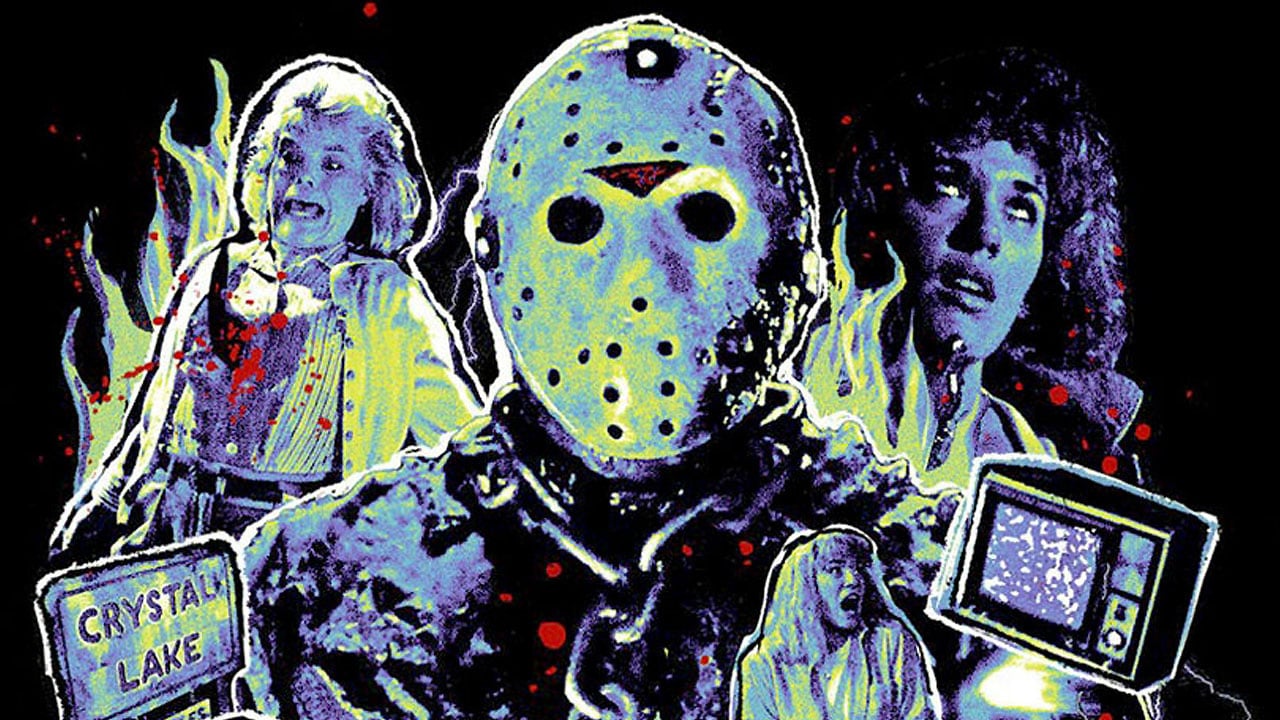





















![“[You] Build a Movie Like You Build a Fire”: Lost Highway DP Peter Deming on Restorations, Lighting and Working with David Lynch](https://filmmakermagazine.com/wp-content/uploads/2025/03/1152_image_03-628x348.jpg)

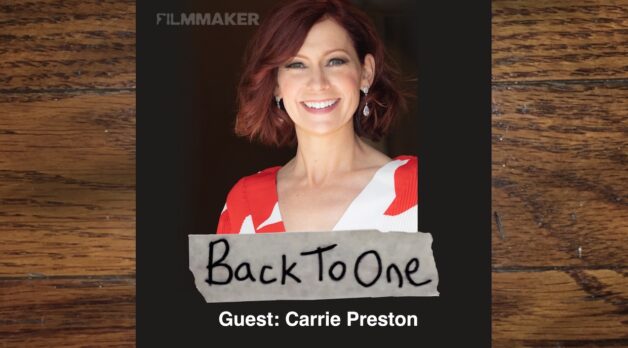






















![Double Dealing [THE FISHER KING]](https://jonathanrosenbaum.net/wp-content/uploads/2011/07/the-fisher-king2.png)



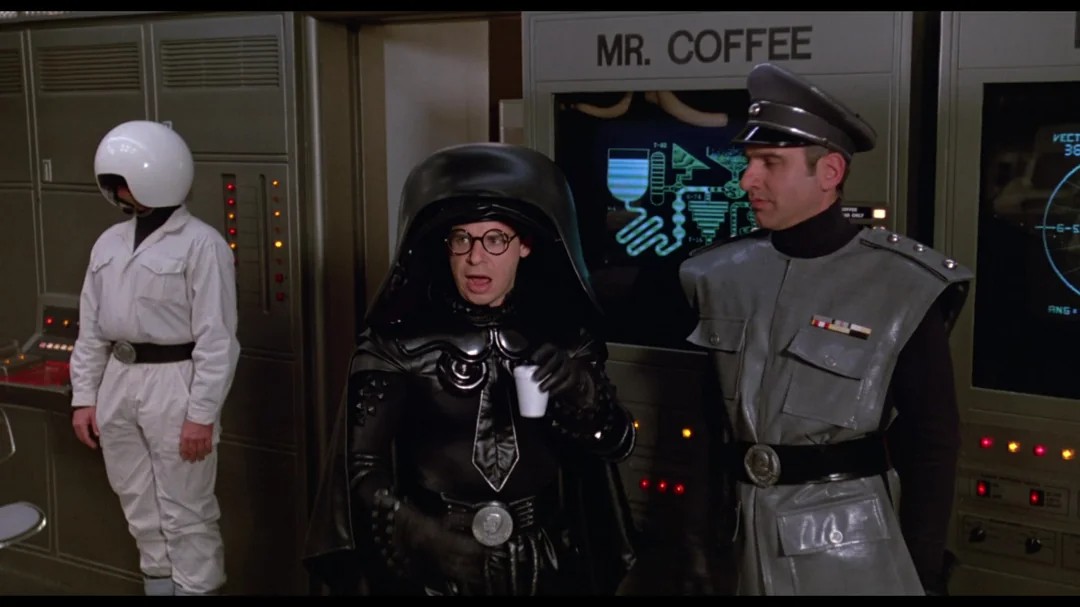
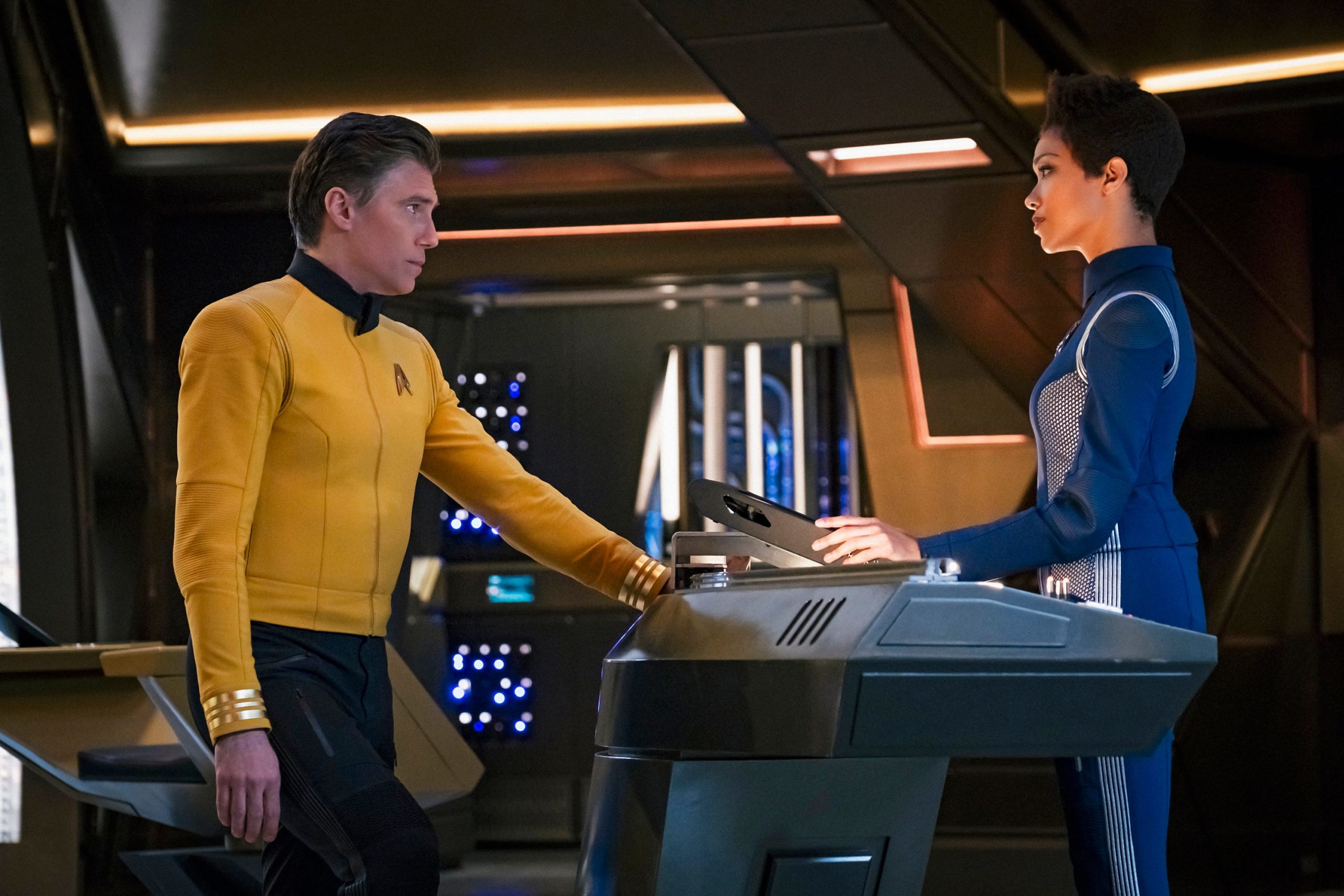













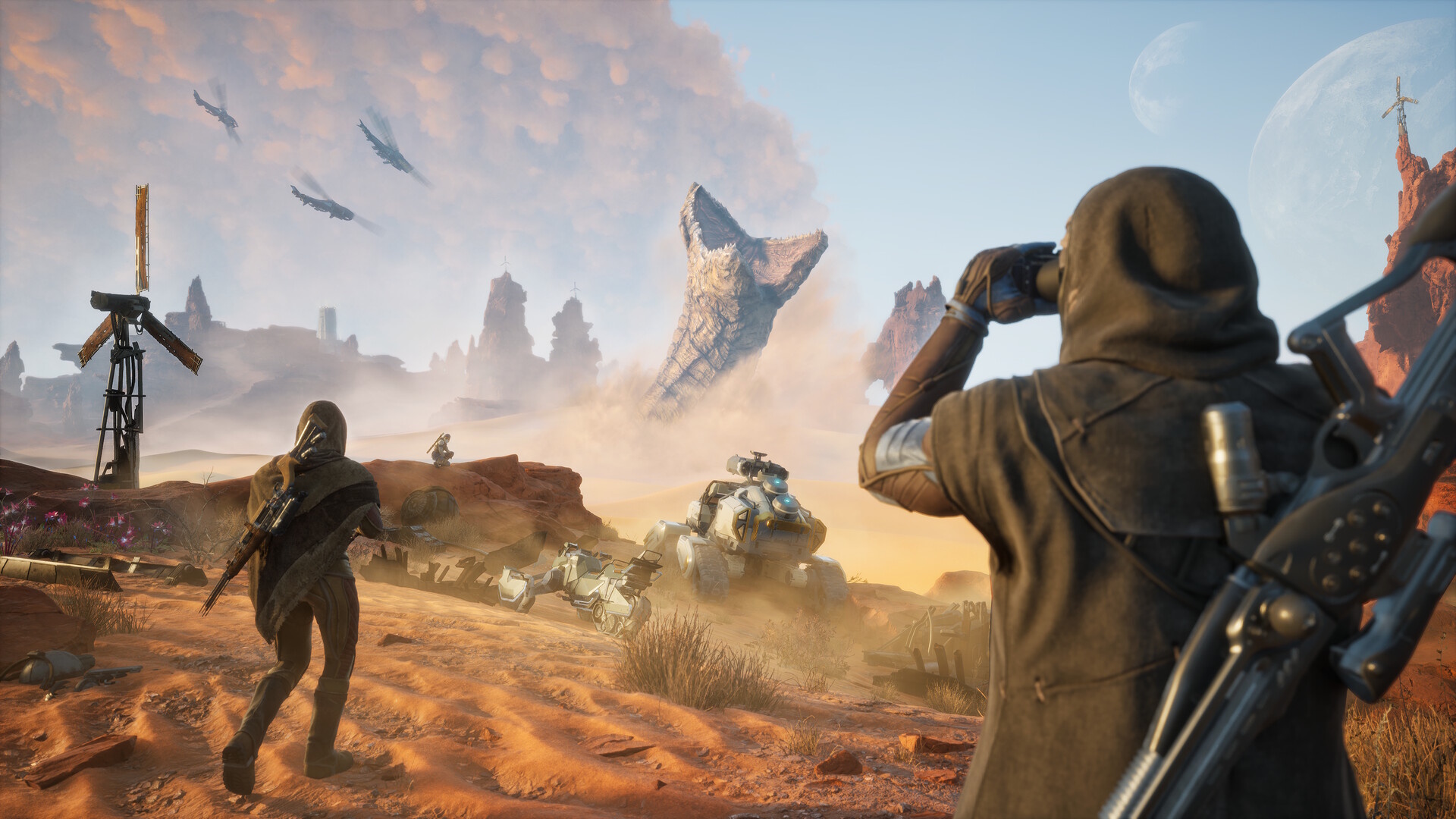
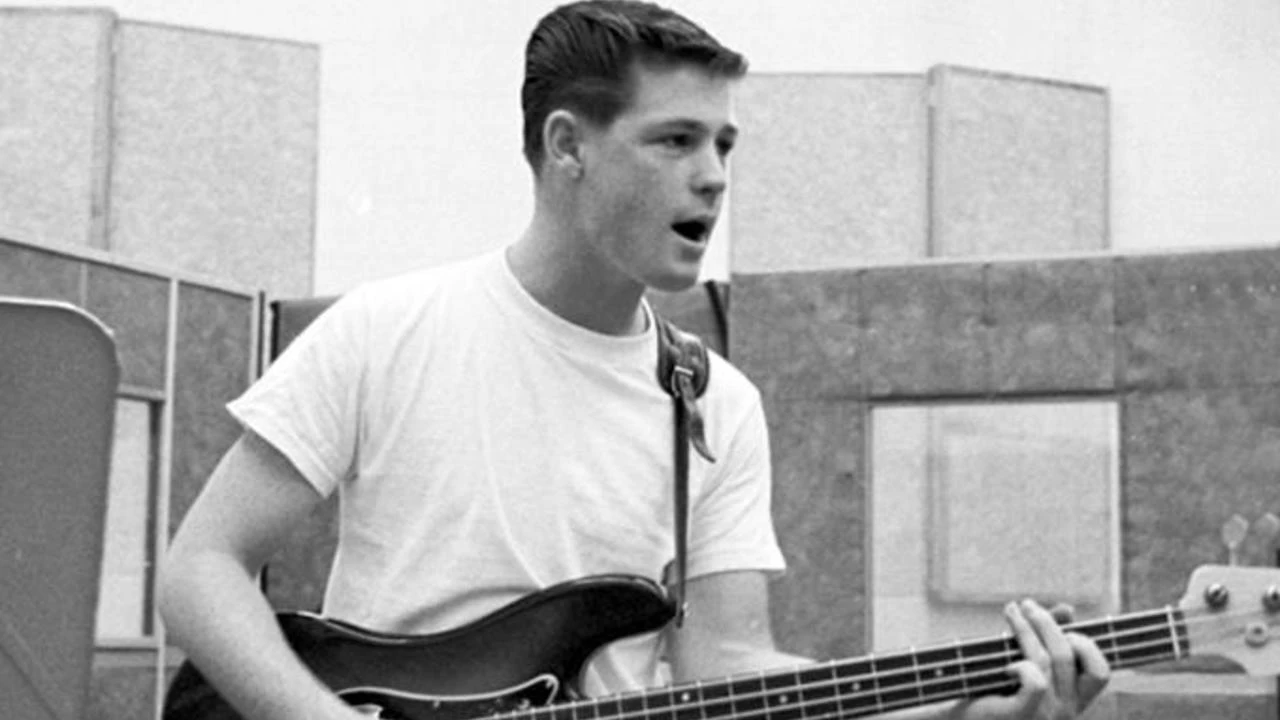
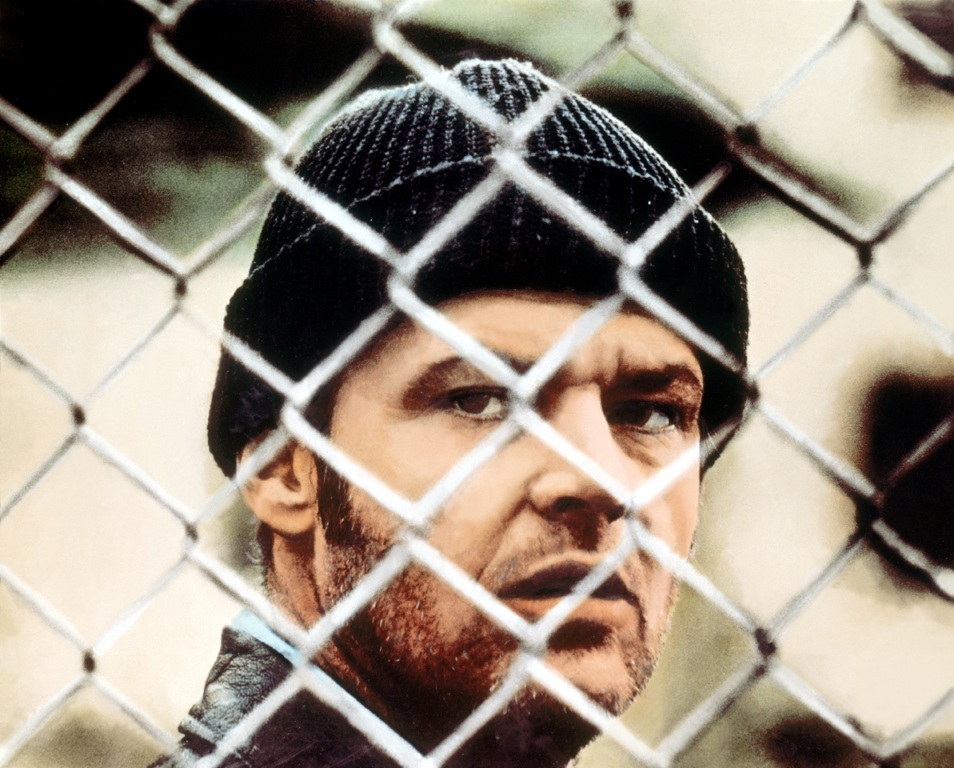
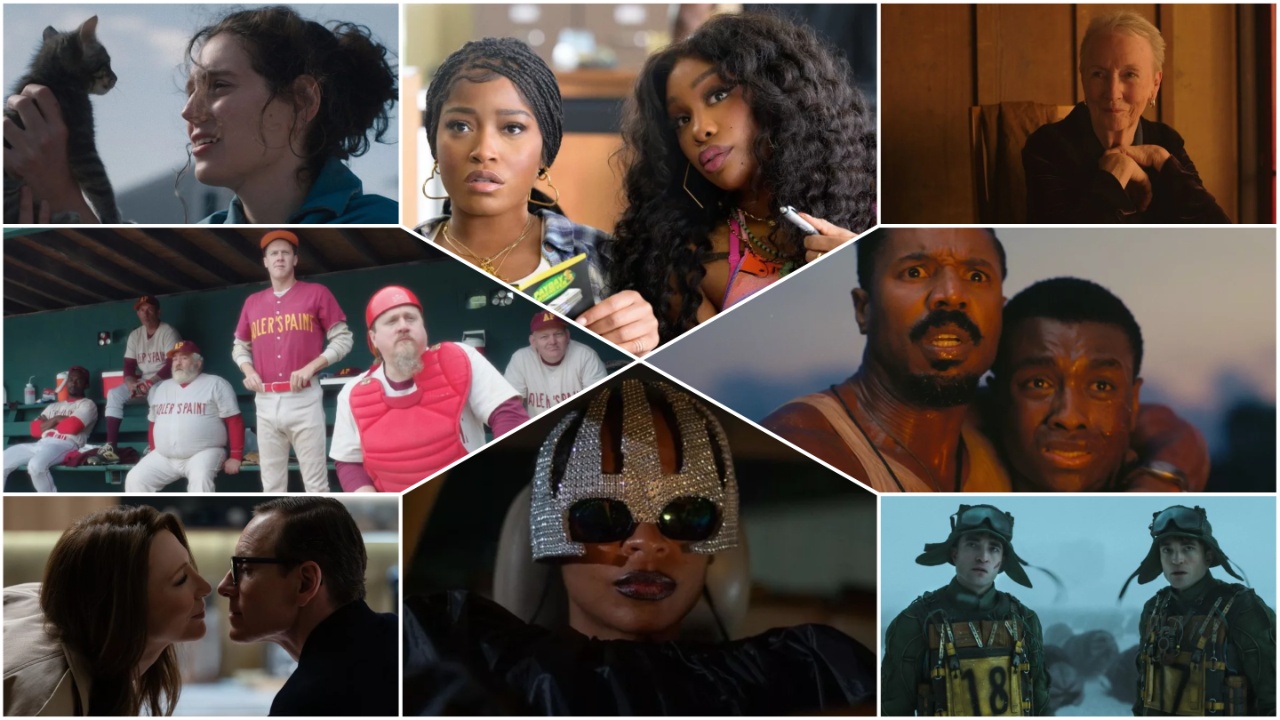




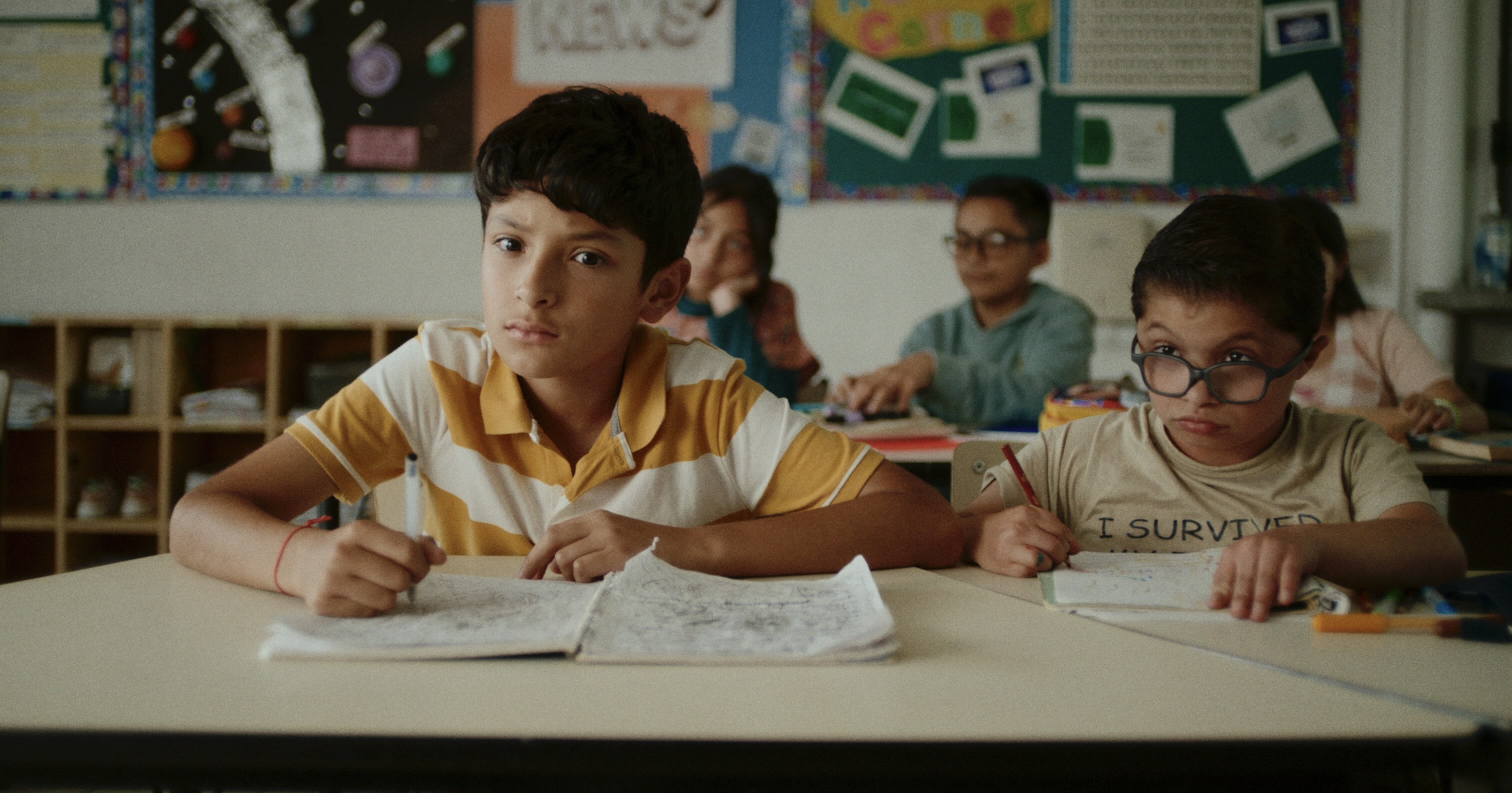



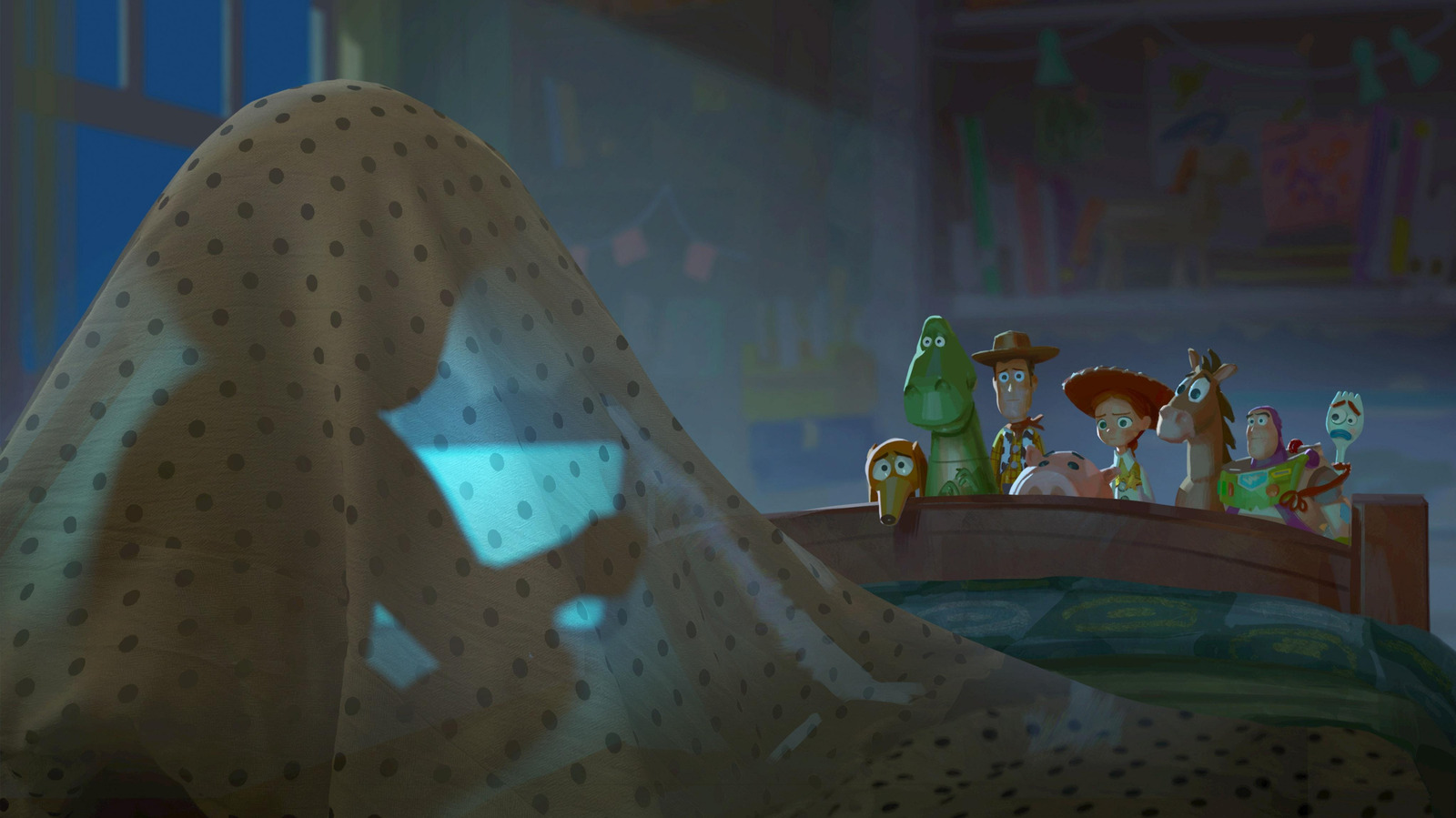
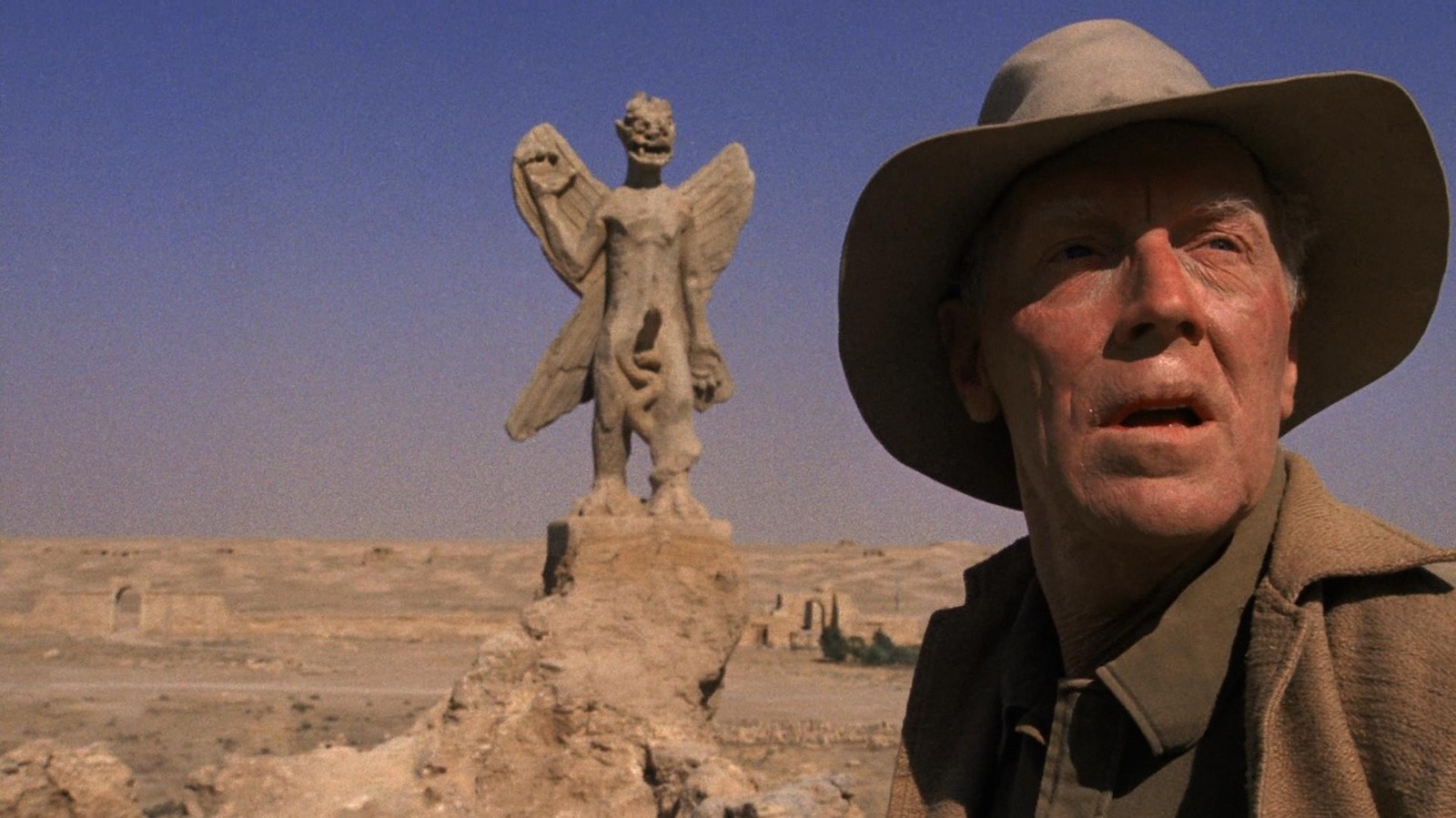
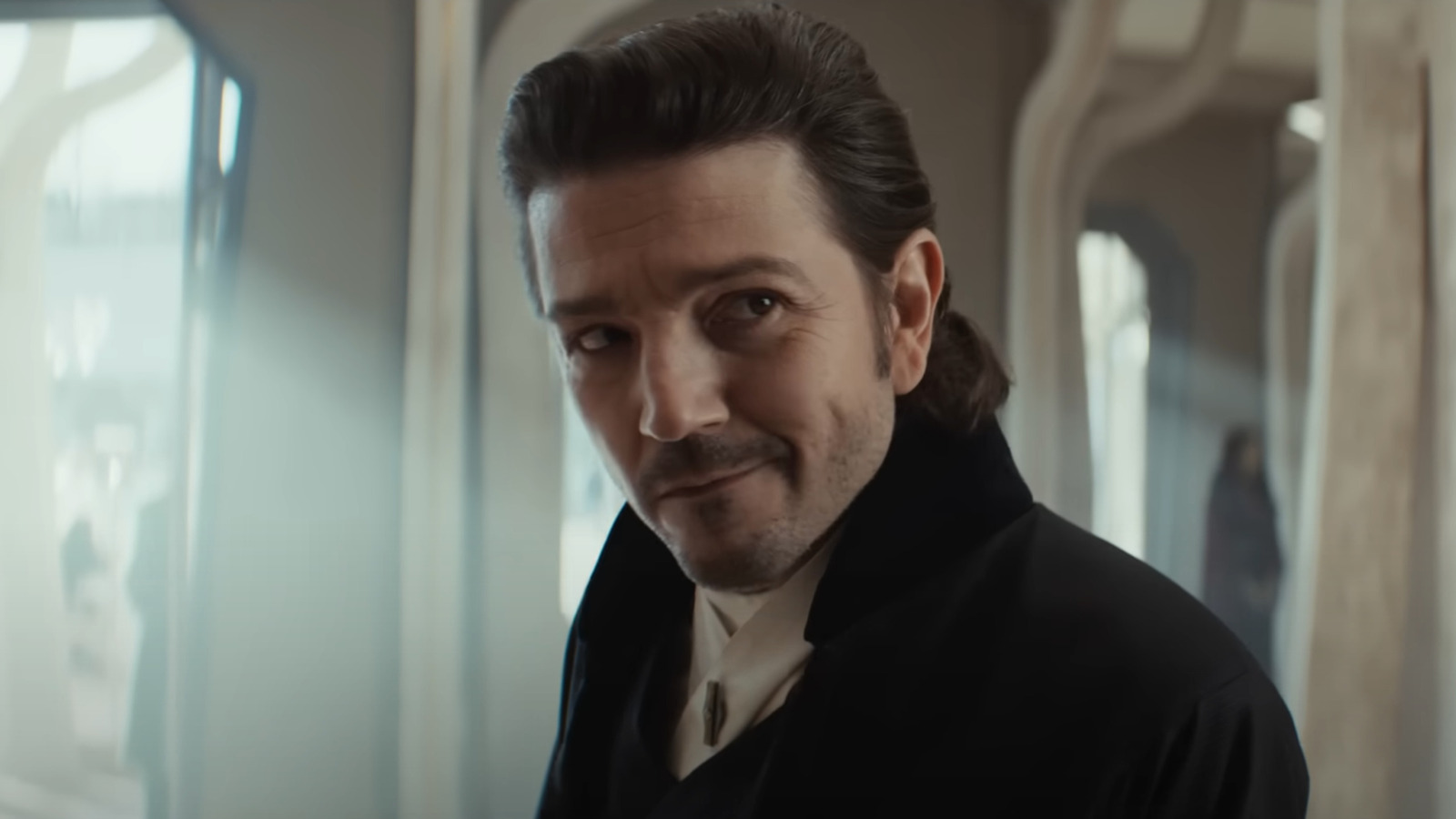
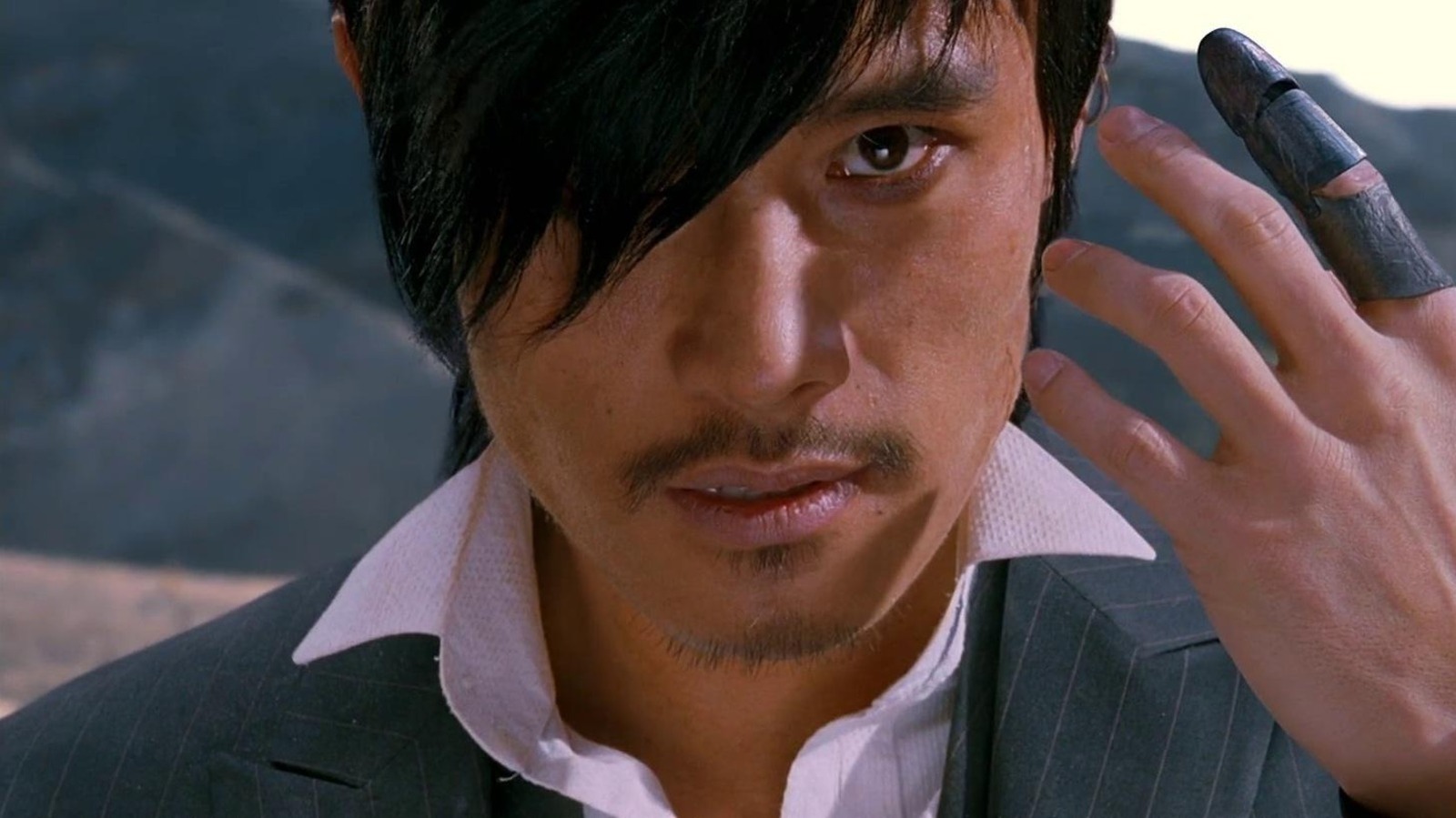



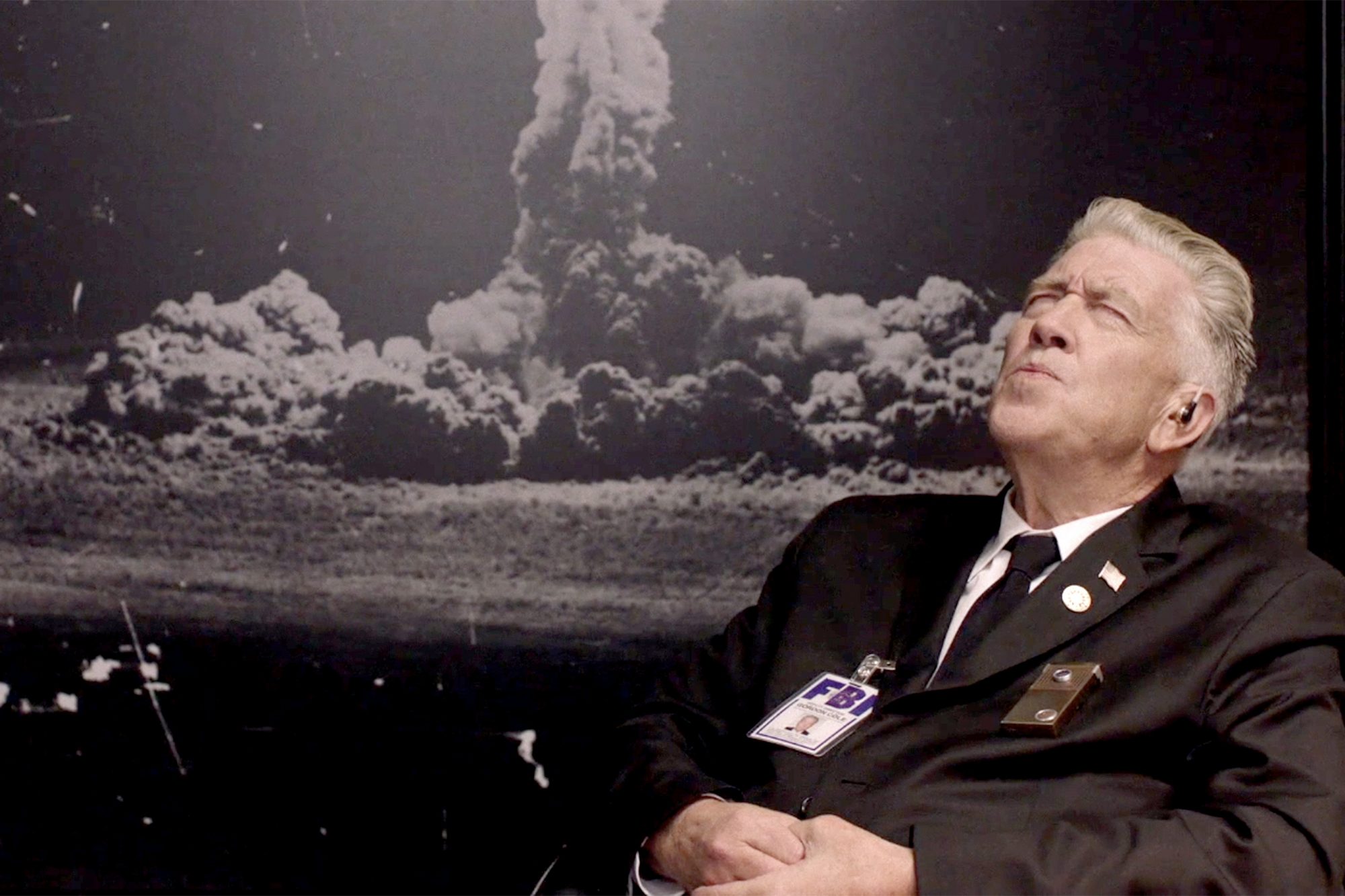



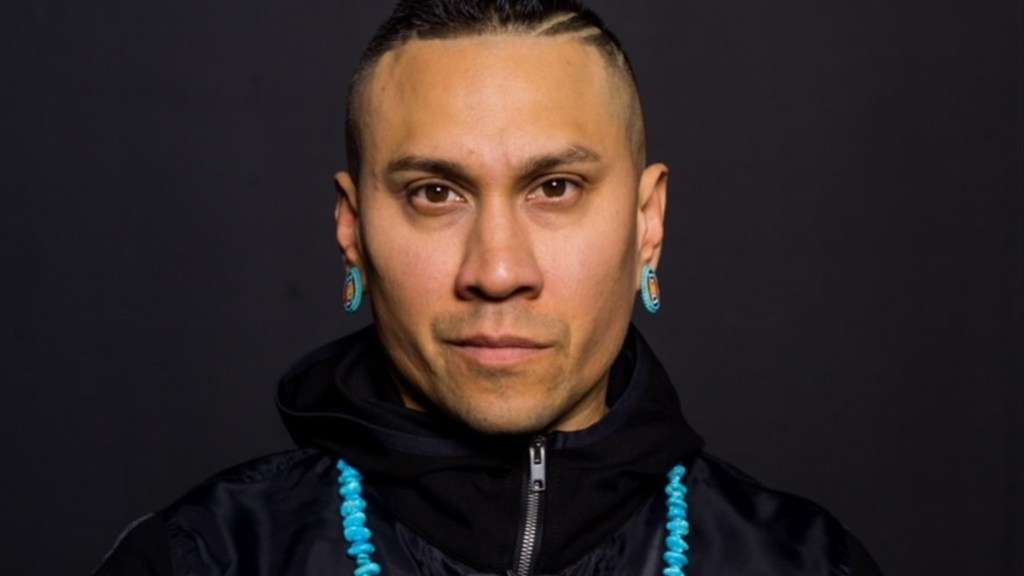

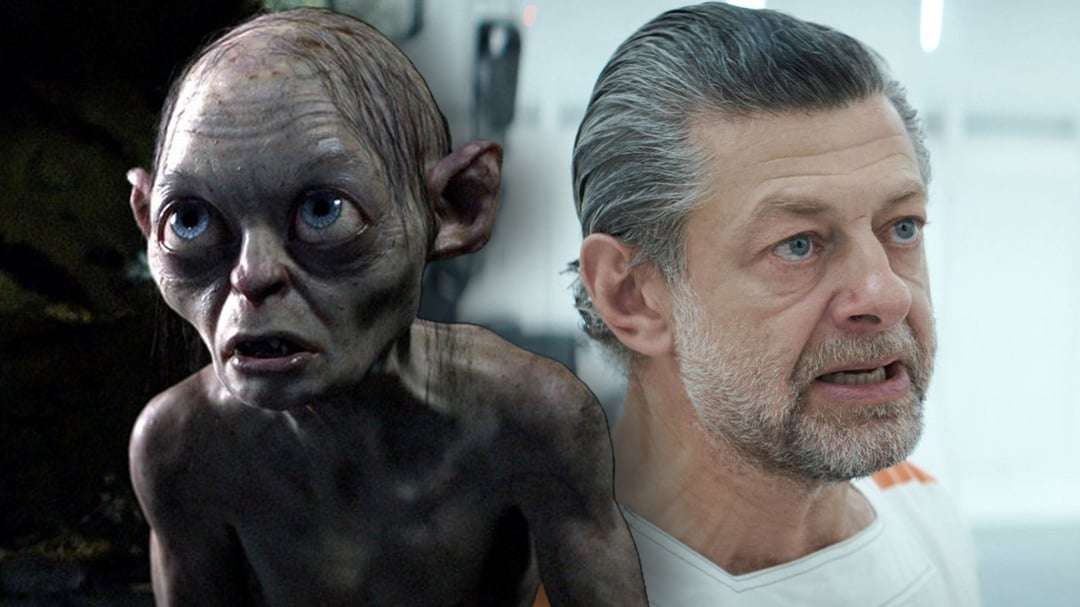
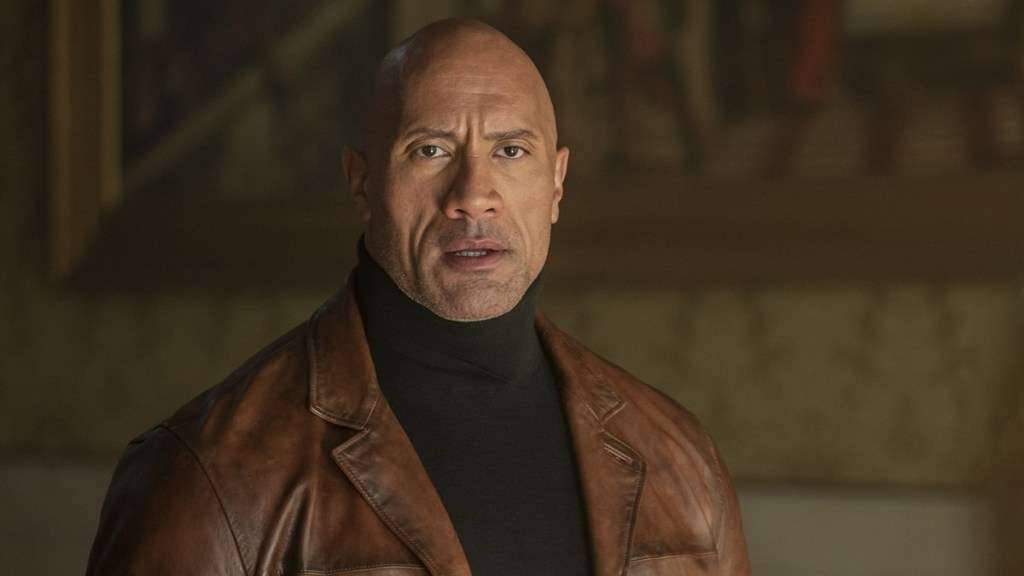
![Dan Gilroy Talks ‘Andor,’ Tyranny, Writing Mon Mothma’s Fiery Speeches, Bix’s Great Sacrifice & More [The Rogue Ones Podcast]](https://cdn.theplaylist.net/wp-content/uploads/2025/06/13114943/Dan-Gilroy-Andor-Interview.jpg)
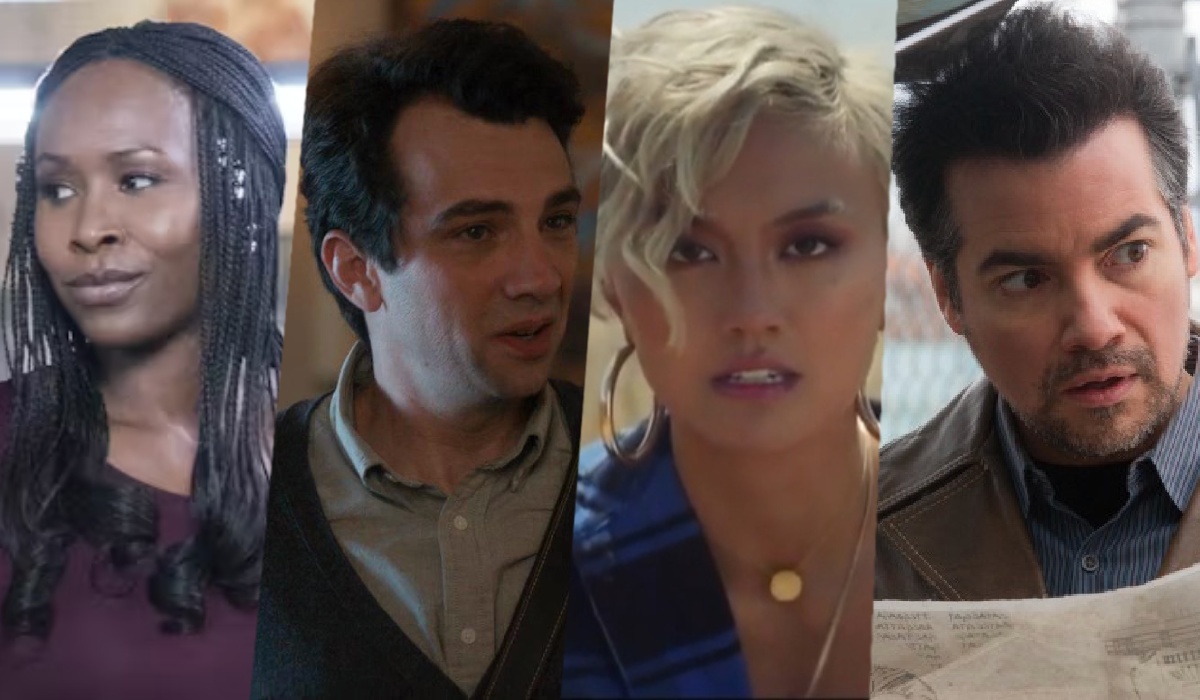
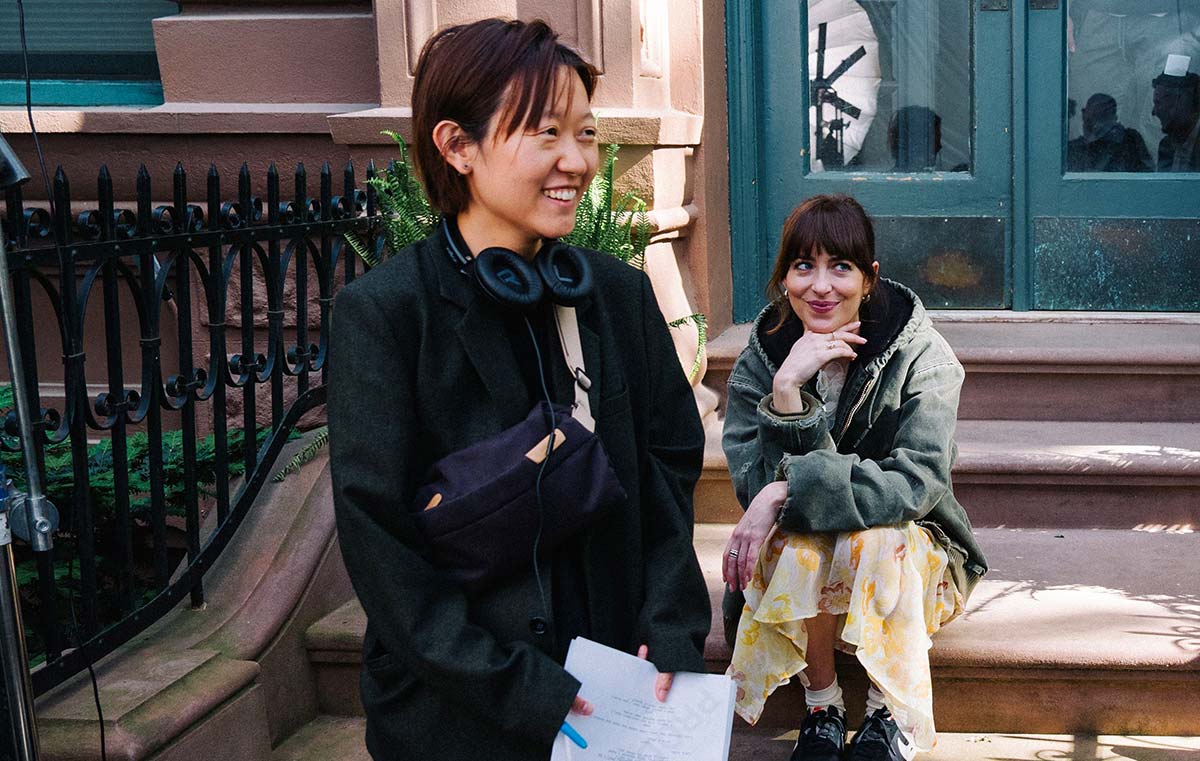












![Freakonomics Says United Pays $33 for Every Business Class Meal—Here’s Why That Number Doesn’t Work [Roundup]](https://viewfromthewing.com/wp-content/uploads/2022/06/20220619_113816-scaled.jpg?#)














































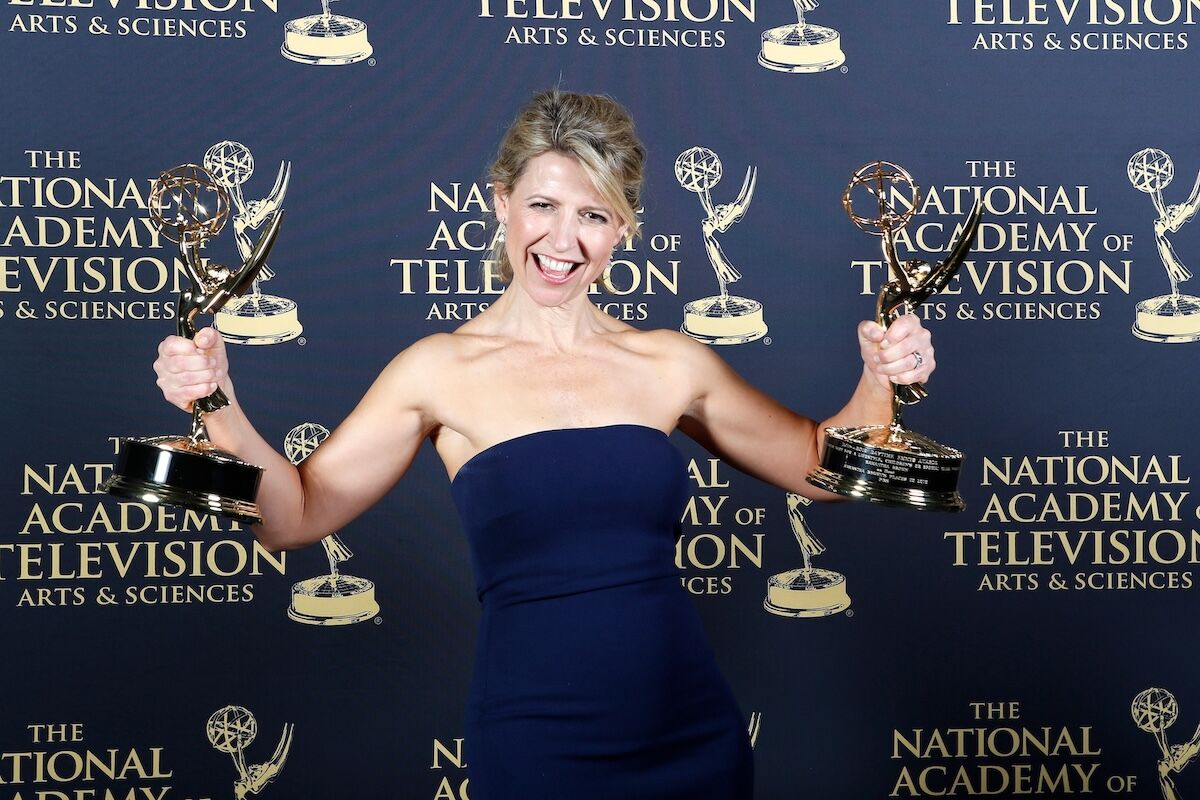






























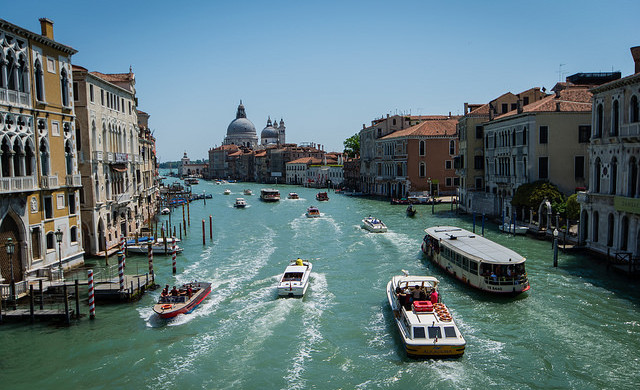


























.jpg?width=1920&height=1920&fit=bounds&quality=70&format=jpg&auto=webp#)






























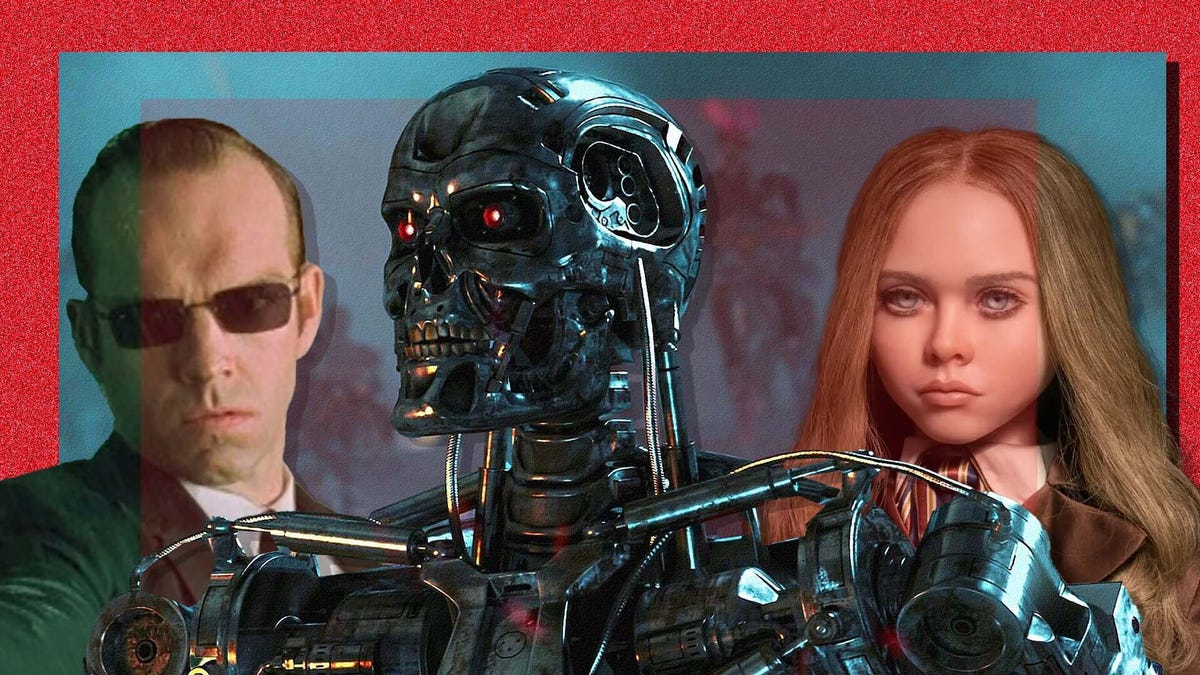





















































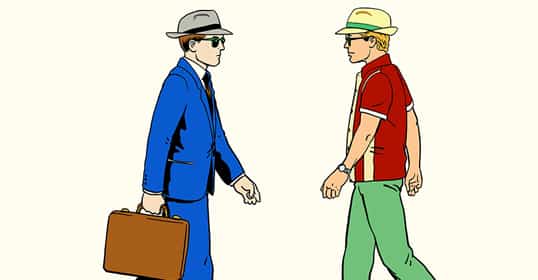



























































.jpg)







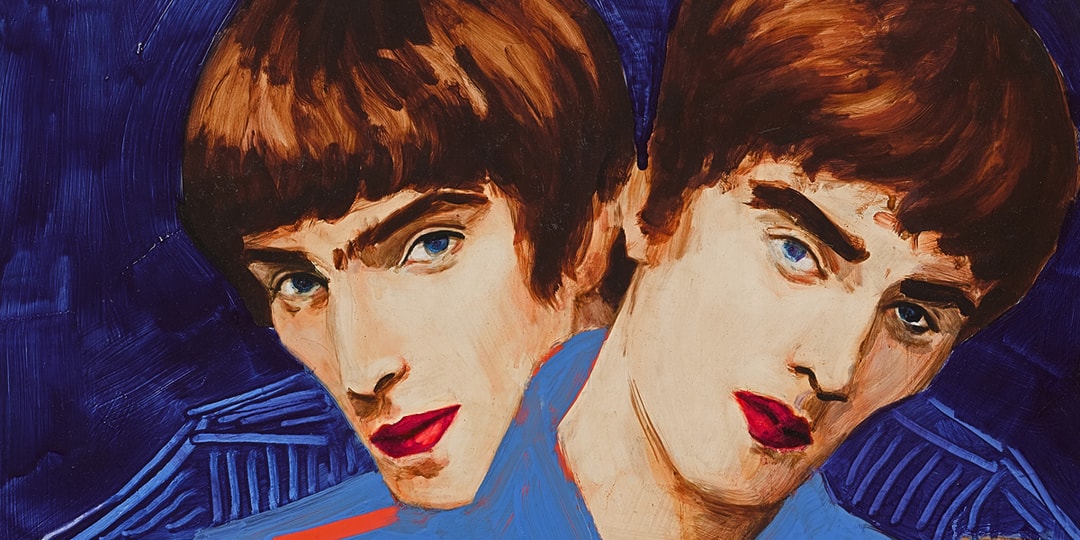
![[Podcast] Problem Framing: Rewire How You Think, Create, and Lead with Rory Sutherland](https://justcreative.com/wp-content/uploads/2025/06/rort-sutherland-35.png)

























































